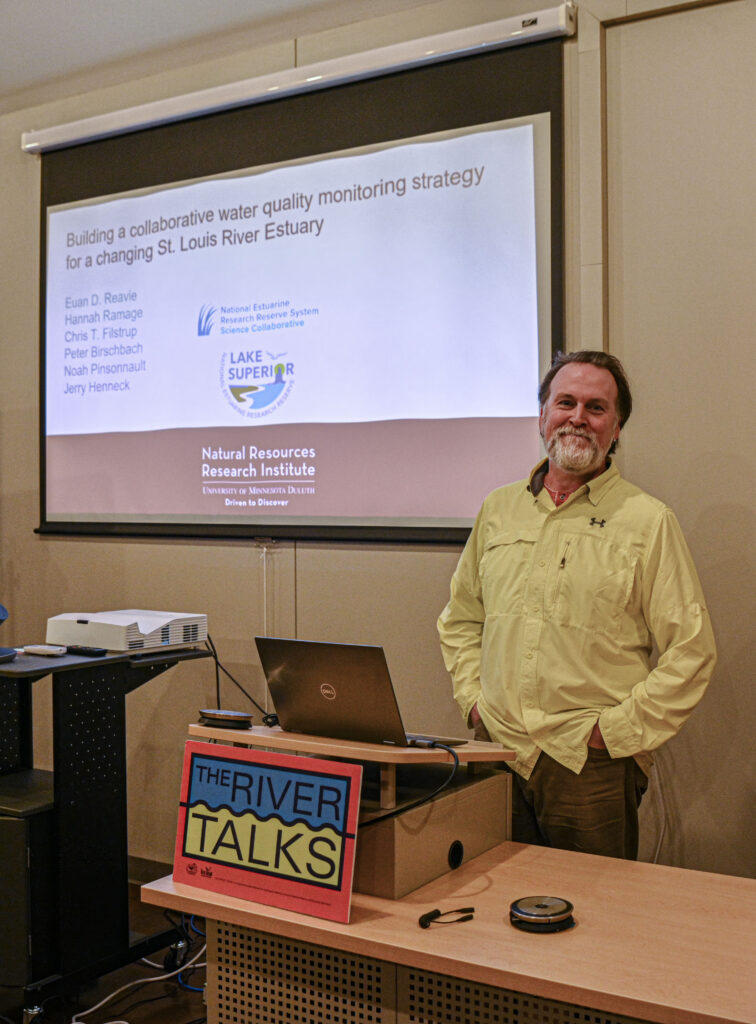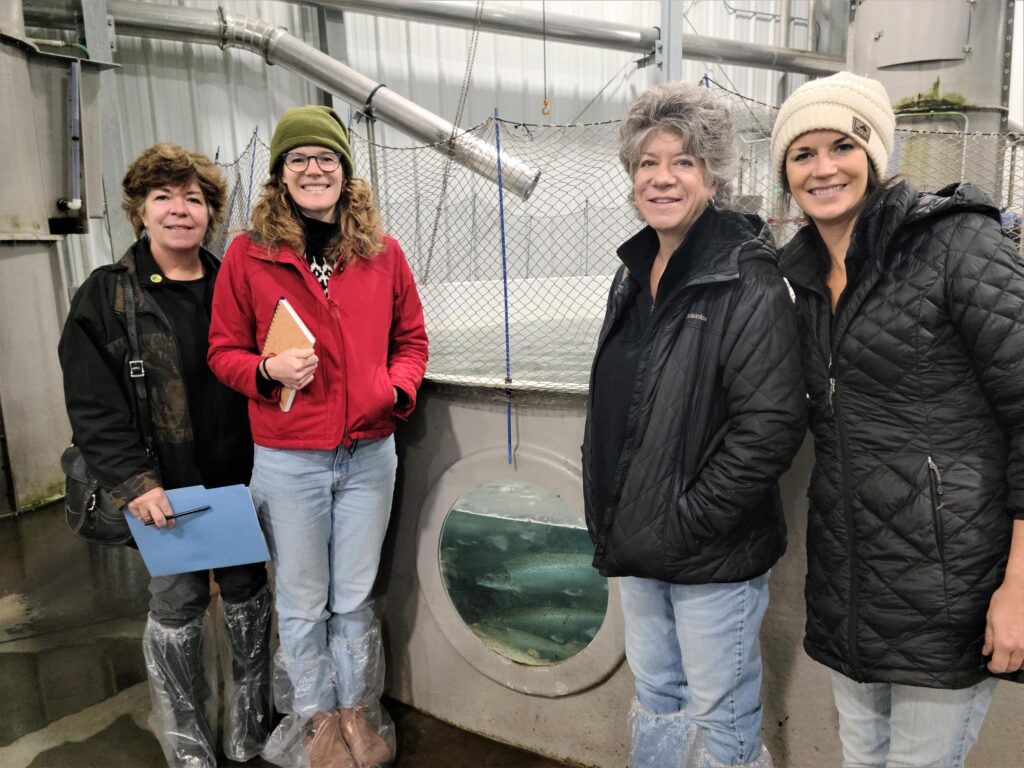How much sewage is going into the Thames? A city website could soon answer that question
London, Ontario residents and downstream communities may soon be able to see in near real-time when wastewater is being dumped during high rainfall events into the Thames River, which drains into Lake St. Clair. The city hopes to have a website with overflow and bypass event data online early next year. Read the full story by CBC News.
Great Lakes Commission
https://www.glc.org/dailynews/20231211-thames-overflows










 example are the Burmese pythons that have had an enormous impact on the Everglades in Florida. However, multiple cases of released pets causing problems in our waters occur every year including an
example are the Burmese pythons that have had an enormous impact on the Everglades in Florida. However, multiple cases of released pets causing problems in our waters occur every year including an 